Are you planning to buy a new inverter or upgrade your old one? Whatever maybe the reason, it is very important to understand what is the right inverter for your home. The power requirement at your home can be different from you neighbor’s home. So do not just blindly install the same inverter (in terms of power) in your home. Before buying an inverter for your home do a little homework and understand the basics.
At the end, we’ll also recommend some reliable and secure batteries from sellers that you can trust on Amazon.
First understand your Power Requirement
One of the most important factor that you must know before buying an inverter is your “Power requirement”. In simple words- what all electrical appliances (like fan, tube lights, television, CFL etc.) you want to run at the time of power failure. The power requirement is addition of the power consumed by various electrical equipments.
Suppose you want 3 Fans, 3 Tube lights, 1 CFL & 1 television to operate at the time of power failure. Below is the power consumed by these items:
1 Fan – 70 Watts
1 tube light – 60 watts
1 CFL – 25 watts
1 Television – 120 watts
Therefore your total power requirement is ( 3*70 +3*60 + 25 + 120) = 535 watts
Find the VA rating of the inverter you need
It stands for the Volt ampere rating. It is the voltage and current supplied by the inverter to the equipments. If an inverter operates with 100% efficiency, then the power requirement of the electrical items and power supplied by inverter is same. But we all know that 100% or ideal conditions don’t exist in real. Most inverters have the efficiency range from 60 % to 80%. This efficiency is also called power factor of an inverter and is simply the ratio of power required by the appliances to power supplied by an inverter. Power factor of most inverters ranges from 0.6 to 0.8.
Hence Power supplied (or VA rating of inverter) = Power requirement ( power consumed by equipments in watts) / Power factor( efficiency).
Here average value of power factor or efficiency is considered i.e. 0.7
Power of inverter (VA) = 535/0.7 = 765 VA
In the market 800 VA inverters are available. So an inverter with 800 VA will be the right choice for your home.
Know the battery your inverter needs
Battery is the backbone of an inverter system. The performance and life of an inverter largely depend upon the battery quality. The next big question is “how much back up will an inverter provide?” or for “how many hours it can run all of your equipments?”. This is what is called the battery capacity. It is the battery capacity that decides the back up hours. It is expressed in Ah (Ampere Hours).
In the market batteries with capacity of 100 Ah,150 Ah, 180 Ah etc. are readily available. So how to decide which one do you need? To find this out lets do a reverse calculation. Consider that you need a battery that provides back up for 3 hours.
Battery capacity = Power requirement (in watts) * Back up hours ( in hrs) / Battery Voltage (in volts)
Battery Capacity = (535 * 3) / 12 = 133 Ah
** Value of Battery voltage is taken 12V
Therefore a battery with a capacity of 130 Ah will work for you.
So if you want to run 3 fans, 3 tube lights , 1 CFL and 1 TV for 3 hours during power failure you would need 800VA inverter and 130 Ah battery.
By understanding this simple calculation you not only save yourself from the misleading information shared by inverter dealers but also help yourself in taking correct decision.
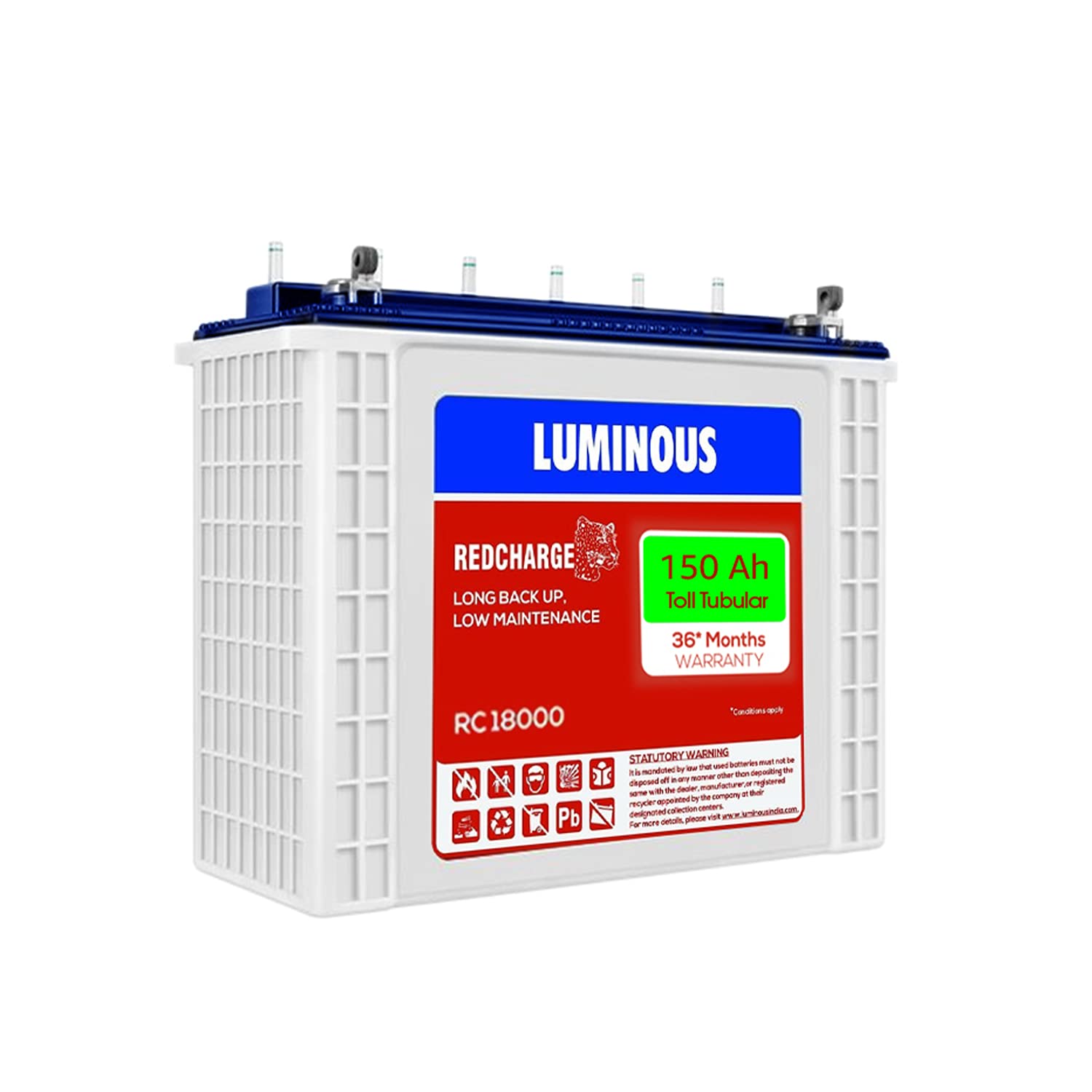
Luminous Red Charge RC 18000
Recyclable Tall Tubular Inverter Battery for Home, Office & ShopsDesigned for all types of power cut situation with high charge acceptance and low maintenance
Here are some batteries on Amazon that we highly recommend.
- Amaron Inverter 150 AH Tall Tubular Battery
- V-Guard VJ145 135 AH Flat Tubular Inverter Battery
- Exide 150 AH Insta Brite Inverter UPS Battery
Mr. Right believes in making its customers smart and aware of the home repair and improvement. For inverter repair in Delhi, Noida, Gurgaon, NCR, Mumbai, Bengaluru, Hyderabad, and Pune contact Mr.Right.
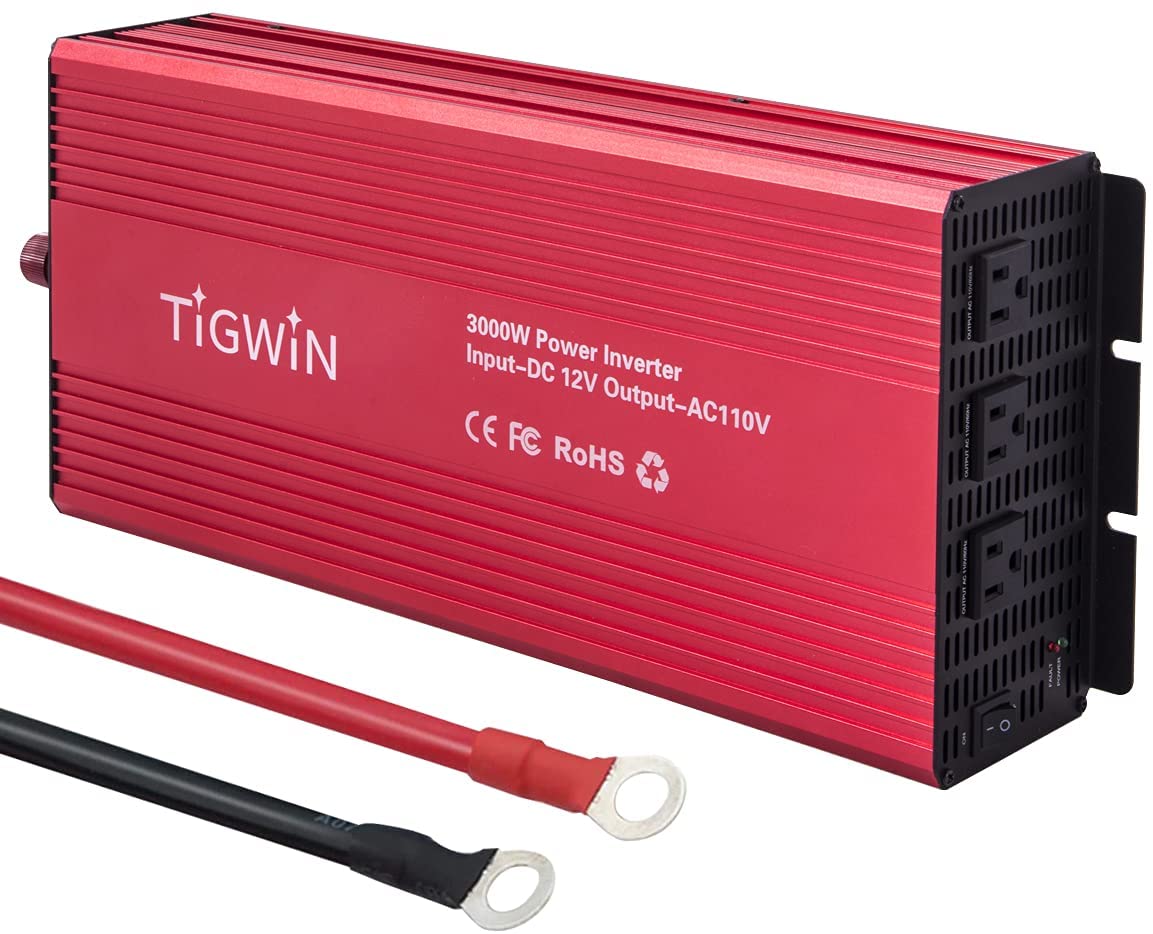
Tigwin Power Inverter
3000 watts Modified Sine Wave Inverter for HomeProvides 3000 watts continuous power and 6000 watts surge power. Converter DC 12V to AC 110V power to charge your multiple electronic devices on the go
Some of the other best selling Inverters available online are:-
- Luminous Cruze 2KVA Inverter with RC 18000 Battery (2 Batteries)
- Luminous Zelio 1700 Inverter with Red Charge 18000 150 Ah Tubular Battery
- Luminous Zolt 1100 Inverter + RC 25000 200 Ah Tall Tubular Battery + Trolley
Updated
Which is the latest inverter technology in 2022 in India?
As the technology is evolving in the inverter space, higher efficiency and reciprocative solutions are making the overall energy ecosystem far more stable. For the less than 2KW to 3 KW requirements, MPPT based inverters are the best for smaller residential applications. With the efficiency as high as 96%, MPPT based inverters are most preferred solutions.
As the power requirements are on the rise, so are the solutions, like high frequency inverters or string inverters, which are customizable and are capable of delivering stable results under stress conditions. These high frequency inverters have amazing capabilities with lead acid batteries and Lithium ion batteries alike. Further more the high frequency inverters are light weight and hence can be mounted on walls, and more importantly are IoT based which makes them smart and efficient. These high frequency inverters are best use case for large to very large solutions like bigger homes or commercial locations.
To make the best quality inverter solution reach the last mile, Loom Solar is offering a complete range of inverters from 50W to 100KW, making it a one stop solution for inverters
Loading recommendations...

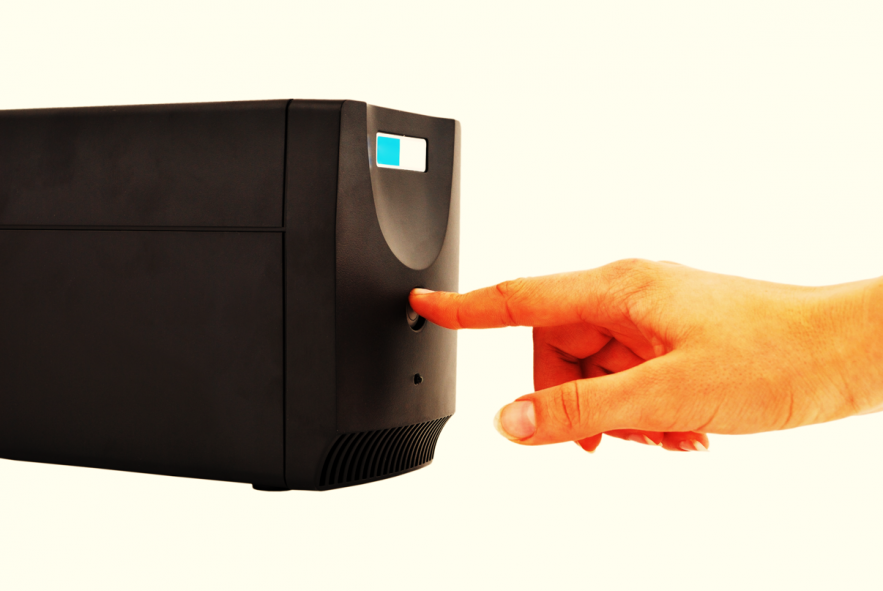
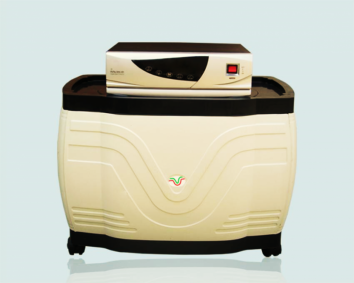
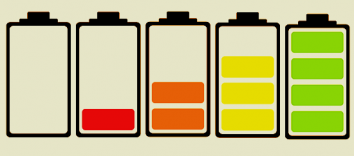
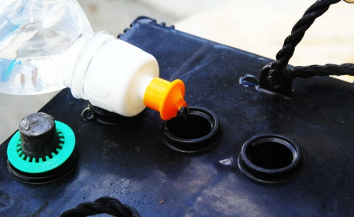
Nice post! very useful,
9 tube,6 fan, 3 Tv, 3 Refrigerator for 8 hours so which capacity inverter and battery can I use
Dear sir please give suggestion .
our requirement book distribution vehicle lighting required ,
1. 9 watt led lights 8 nos ac
2. speakers with mike dc
3.12 watt led lights 4
please give suggestion for with size battery and inverter suitable our vehicle .
thanks for your information
Great explained and good information thanks
Great explanation and it is good information for persons who is buying newley
Your post is really helpful. Thanks for sharing!
I have one doubt about load calculation here total load is 535 watts. Here no starting power is calculated is necessary or not.
Starting power = total load * 0.25
= 535* 0.25
= 133.75
So we add this starting power with total load 535+134 = 669 Watts.
This is right or wrong. It’s necessary or not.
How can we put ac power equivalent to ac power?
lot of thanks! ……….
very good Information
very good Information
good information
I have 2.5 KVA microtek inverter with three 150Ah decide battery. Power cuts are not frequent in my area. Can I put my home on inverter daily to save electricity? I do this by cutting the power supply .
Your inverter battery needs to be charged by ac supply, and you lose around 25% power while charging. Again while using inverter to run appliances in home again you lose 25%. So in effect your bills will be up by 50% if you do so.
Sir,
I am currently using 3-month’s old Luminous Eco Volt 1050VA Inverter with 3-year old APC 120AH battery. I am not getting sufficient backup time with this battery and want to replace it with a new battery with more backup time of 5-6 hours. Please advise me on the following:
Can you please suggest which is the best suitable battery – 150AH / 160AH / 180AH / 220AH ?
Can I use 2 numbers 120AH batteries in parallel on 12volt 1050VA Inverter? will this give sufficient backup time without affecting the performance of the Inverter?
Please advise on the above.
Thanking you,
C.A. VENUGOPAL
27, 2ND Cross
Nanjappa Layout
Behind Syndicate Bank Colony
Bannerghatta Road
Bangalore – 560076
Mob: 9448364535 / 26584535
i think this ,Battery Capacity = (535 * 3) / 12 = 133 Ah is not correct. in my point of view ,Battery Capacity will be (765 * 3) / 12 = 133 Ah. bcz load is 535 watt and power of inverter is 765VA.so battery capacity will be (765VA*3hr)/12V = 191.25 Ah.so we have to use 200 Ah battery.
(765 * 3) / 12 = 191.25 Ah NOT 133 Ah its my mistake plz correct it……………..
can i run my 0.5 HP pump by 1600va inverter 24v 150AH Please give solution.
very good information.
if i require more then 180Ah battery capacity. What can i do.
Thanks a lot, this article help me very much to understand the specification for required Inverter.
Thanks!! really appreciate it :)
If we purchase inverters of higher VA ratings then electric bills will come at a higher side. So better to purchase inverter of exact required nearest size. Another thing to note we may not use all the appliances simultaneously. Mostly 1 fan and two tube lights in emergency . ie,70W + 25W+ 25W=120, So inverter we require is 120/0.7=172 ie around 200 VA. Similarly for 8 hrs back up Battery of 12V Size will be 120×8/12V=80 Ah. Hence you can keep the budget at the lowest much below than 8000/- else have to shell around 18000/- adding to that you may get inflated electric bills as higher rating inverters consume lot of power plus battery replacements every three years.
THANK U FOR YOUR GOOD INFORMATION
Thanks for the write up. Total clarity in one reading.
Thanks a lot fantastic explanation
THANK YOU VERY MUCH. VERY GOOD ARTICLE FOR PURCHASER.